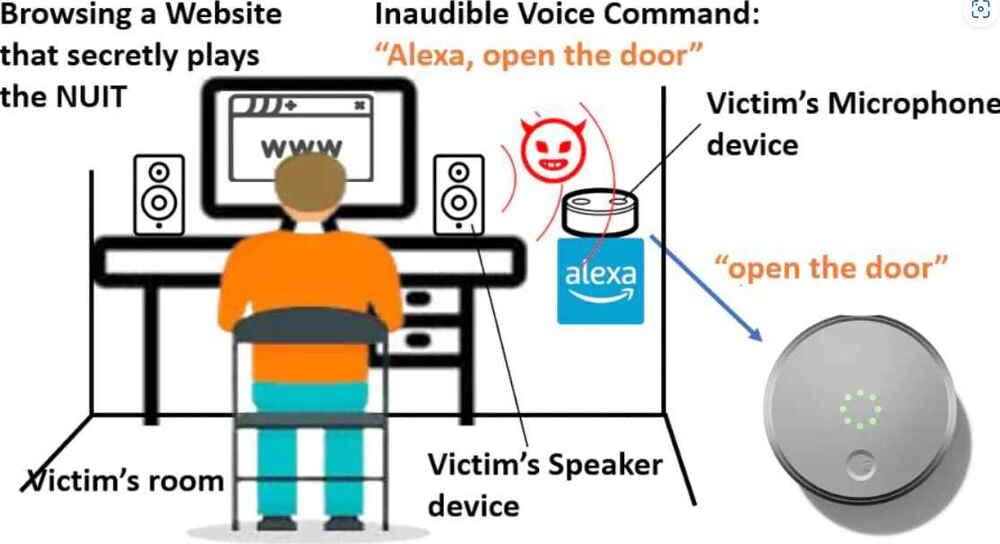Mar 29, 2023
WiFi protocol flaw allows attackers to hijack network traffic
Posted by Genevieve Klien in categories: cybercrime/malcode, internet
Cybersecurity researchers have discovered a fundamental security flaw in the design of the IEEE 802.11 WiFi protocol standard, allowing attackers to trick access points into leaking network frames in plaintext form.
WiFi frames are data containers consisting of a header, data payload, and trailer, which include information such as the source and destination MAC address, control, and management data.
These frames are ordered in queues and transmitted in a controlled matter to avoid collisions and to maximize data exchange performance by monitoring the busy/idle states of the receiving points.

















